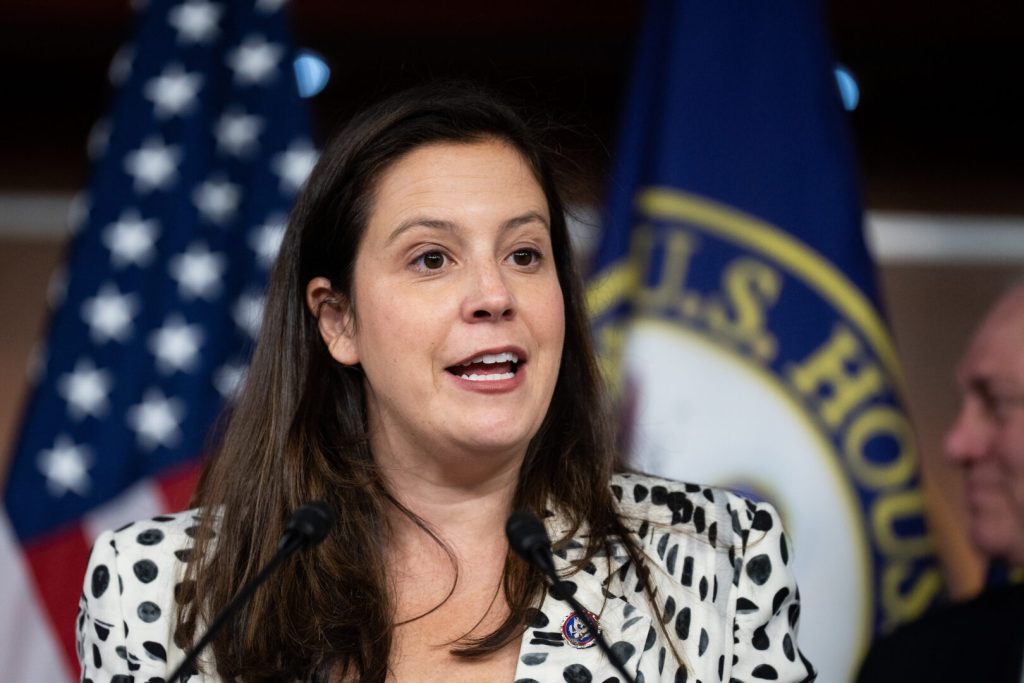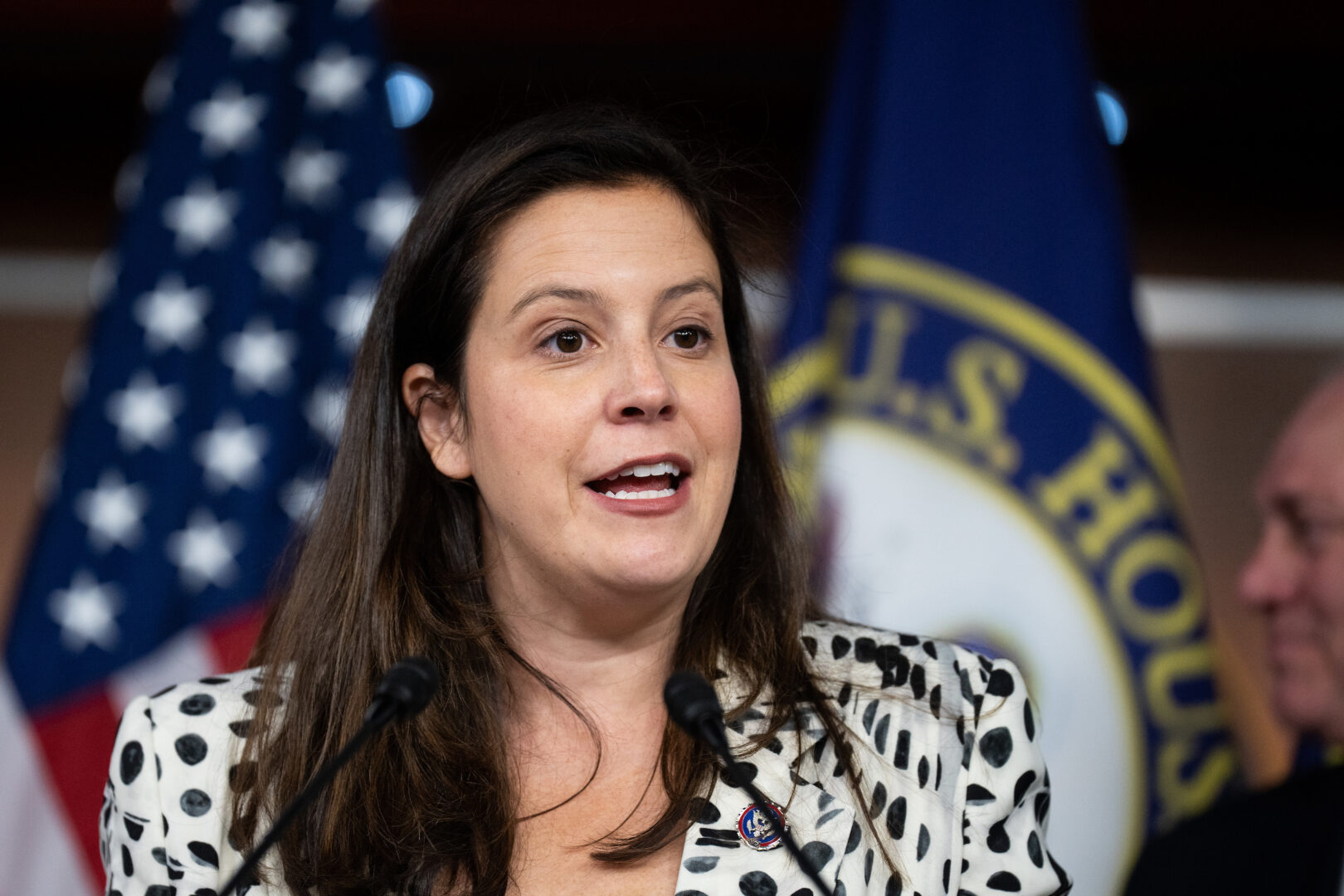
“Trump Terminates President’s Committee on Arts and Humanities”

**The Dismantling of the President’s Committee on the Arts and the Humanities: Implications for Culture and Democracy**
The arts and humanities have long been understood as essential pillars of society, fostering creativity, critical thinking, and cultural exchange. In the United States, the President’s Committee on the Arts and the Humanities (PCAH) symbolized the federal government’s commitment to supporting these invaluable domains. However, the sudden dismantling of the PCAH under Donald Trump’s administration, just as it began to regain momentum following its reinstatement during President Joe Biden’s tenure, has sparked concern across the cultural sector. This move not only dismantles a program but also raises questions about the government’s evolving stance on the role of arts and culture in promoting democracy and equity.
### A History of the PCAH: From Vision to Controversy
The PCAH was established in 1982 under President Ronald Reagan to advise the White House on public investment in and policy concerning arts, culture, and the humanities. Working in collaboration with agencies such as the National Endowment for the Arts (NEA), the National Endowment for the Humanities (NEH), and the Institute of Museum and Library Services (IMLS), the committee emphasized the importance of creativity, diversity, and education in fostering a vibrant society. Over the years, it supported programs that spanned from arts education in underserved communities to international cultural exchanges.
However, the PCAH’s journey has been anything but smooth. In 2017, all 17 committee members resigned en masse under the Trump administration in protest of the president’s controversial response to the white supremacist Unite the Right rally in Charlottesville, Virginia. Their resignation letter highlighted the administration’s failure to uphold values like diversity and inclusion, values they deemed inseparable from the arts.
After a five-year hiatus, the PCAH was reinstated in September 2022 through President Biden’s Executive Order 14084, with a renewed focus on equity, social justice, and shared creativity. The committee gained high-profile members such as Lady Gaga, George Clooney, and Kerry Washington, along with art administrators and academics, bringing a wealth of expertise and visibility to its mission.
### Trump’s Decision and Its Ramifications
The latest disbanding of the PCAH marks the second time the committee has been dissolved under Trump’s administration. While details remain sparse, the move is consistent with other actions taken by the administration to dismantle federal initiatives centered on diversity, equity, inclusion, and accessibility. This includes proposed budget cuts to cultural agencies and undermining arts-related programs that address pressing social issues like racism, loneliness, and climate change.
By eliminating the PCAH, the Trump administration has severed a critical link between the cultural sector and the federal government. Beyond its symbolic value, the PCAH provided practical support and thought leadership in areas like disaster preparedness for cultural heritage sites, the repatriation of Indigenous artifacts, and the ethical use of artificial intelligence in the creative industries. Its absence leaves a void in strategic oversight and collaboration on a national scale.
### Why Arts and Humanities Matter
The dismantling of the PCAH is not merely a bureaucratic adjustment; it represents a broader devaluation of the arts and humanities in public policy. The committee, as outlined in its mission statement, was guided by the belief that creativity, diversity, and democracy are fundamentally interconnected. Arts and humanities serve as powerful tools for social change, fostering dialogue, empathy, and a deeper understanding of the human experience.
In times of division and turmoil, cultural initiatives have historically played a healing role. The recent work of the PCAH included combating the epidemic of loneliness and isolation identified by U.S. Surgeon General Dr. Vivek Murthy, an issue with far-reaching implications for public mental health. By cutting ties to such programs, the federal government risks losing opportunities to address societal issues in ways that only arts and culture can uniquely accomplish.
Moreover, arts funding contributes significantly to the U.S. economy, with the creative sector generating over $900 billion annually—5% of GDP—and supporting millions of jobs. Disbanding bodies that support this vital sector sends a troubling message to artists, cultural workers, and the institutions that sustain them.
### What’s Next for the Arts in the U.S.?
The absence of a centralized, federally supported committee like the PCAH poses a challenge for arts advocates and cultural institutions. However, it also presents an opportunity for grassroots organizations, state governments, and private foundations to step in and fill the gap. Historically, the arts have thrived even in adversity, relying on local and community-based efforts to sustain their impact.
Still, the need for federal leadership remains critical, particularly in addressing issues that transcend local and regional boundaries. Questions linger on topics such as climate disaster planning for museums and libraries, ethics in generative AI for creative fields, and equitable access to cultural resources. Without a united federal vision, the burden of these challenges falls disproportionately on already underfunded and overstretched